Buying notice: The order prepare time is around 1 week, when you order pls leave message for which type you order.
Type N: doped Selenium
Type P: doped Antimony
Grain size:100 mesh
Electrical conductivity: 1050/950
Thermal conductivity: 1.35/1.3
Seebeck coefficient: 220/280
Test temp.: 300K
Other name: Bismuth(III) telluride, dibismuth tritelluride;
CAS no. : 1304-82-1
EINECS no. : 215-135-2
Formula: Bi2Te3.
Molecular weight: 800.7608
Density at 25 °C(lit.) 7.642 g·cm−3
Melting point 586°C
Bismuth Telluride is a narrow gap layered semiconductor with a trigonal unit cell. It is a semiconductor which, when alloyed with antimony or selenium is an efficient thermoelectric material for refrigeration or power generation. We have Bismuth Telluride doped P and N type in powder, rod form, also can slice into cubic granule or required size.
Applications:
Bi2Te3 used as Thermoelectric materials
Bismuth telluride crystals bear a remarkable quality. If, being prepared in a certain way semiconductor Bi2Te3crystals (they are also called «pellets») of the n- and р-types of conductivity are alternatively joined sequentially with each other by metal conductors, and this «package» is placed between two thermally conductive ceramic plates, then you get a device which is called the thermoelectric cooling module (TCM). When transmitting the direct electric current through the thermoelectric module the upper junctions of the «pellets» will become cool, while the lower – get warmer. As a result one ceramic plate is cooling the environment, while the opposite plate is the source of heating. But if the direct current is transmitted through the same device in the opposite direction, then the «hot» and «cold» sides shall change places.
Thermoelectric modules are used for the production of electricity through the direct transformation of heat into electricity. Electricity is produced, when heating the thermoelectric module connected to the electric circuit. The thermoelectric generating modules (TGMs) possess this property.
The unification of one or several TE modules and two heat exchangers of an aerial or liquid type, which are attached to the hot and cold sides of the modules into basic thermoelectric blocks (BTBs), allows to build a thermoelectric system of a given capacity.
Quality control of thermoelectric materials
The Hartman’s method of measuring thermoelectric parameters is used in order to control the quality of thermoelectric materials. When using this method to obtain precise calculations of the characteristics of thermoelectric efficiency it is necessary to apply corrections that are related to the thermal conduction of the lead and sound wires, with the thermal emission from the sample and wires, and also with the Joules heat, emitted in the lead wires. So far, when calculating the thermoelectric efficiency the registration of the corrections was not based on the solution of the task of thermal conduction in the system: «The sample – lead wires». The specialists of the «ADV-Engineering» LLC solved this problem in a one-dimensional approximation and on this basis worked out a method of a more correct way of measuring the thermoelectric efficiency of the sample.
1- sample, 2 – current distributing copper plate, 3 –constantan wire, 4 – current copper wire, 5 – sounding copper wire. Such a scheme allows to measure not only the thermoelectric efficiency, but also the thermo e.m.f., the electric conductivity and thermal conduction.
Thermoelectric properties of n-type crystals:
Zeebeck’s coefficient at 300K σ ≥ (140÷180)·10 -6V/K
Specific conductivity at 300К σ = (1300÷1700) Ocm -1·cm -1
Thermoelectric properties of p-type crystals:
Zeebeck’s coefficient at 300K σ ≥ (130÷170)·10 -6 V/K
Specific conductivity at 300К σ = (1400÷1800) Ohm -1·cm -1
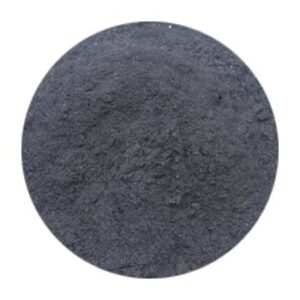
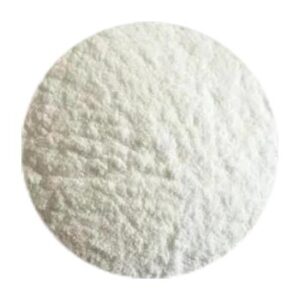
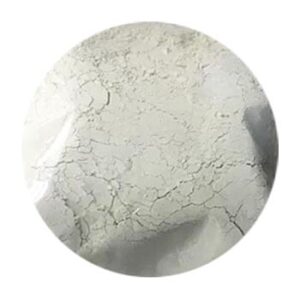
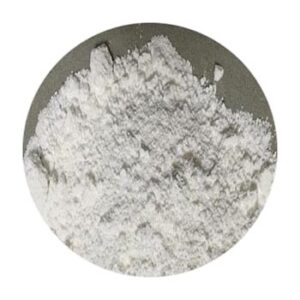
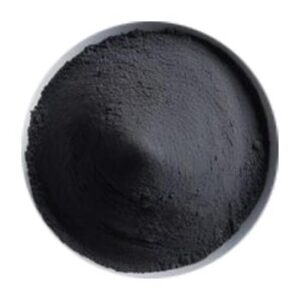
Reviews
There are no reviews yet.